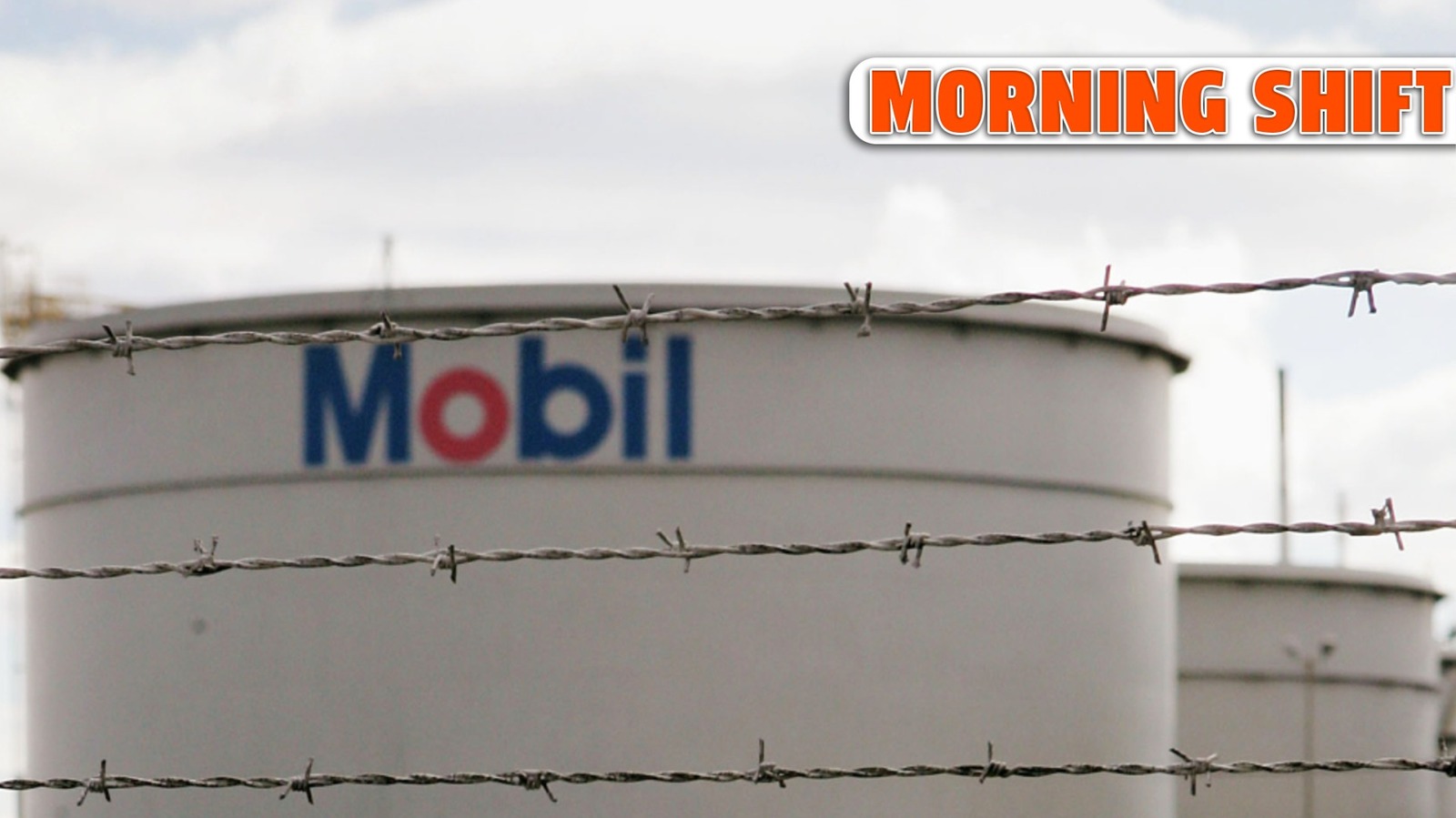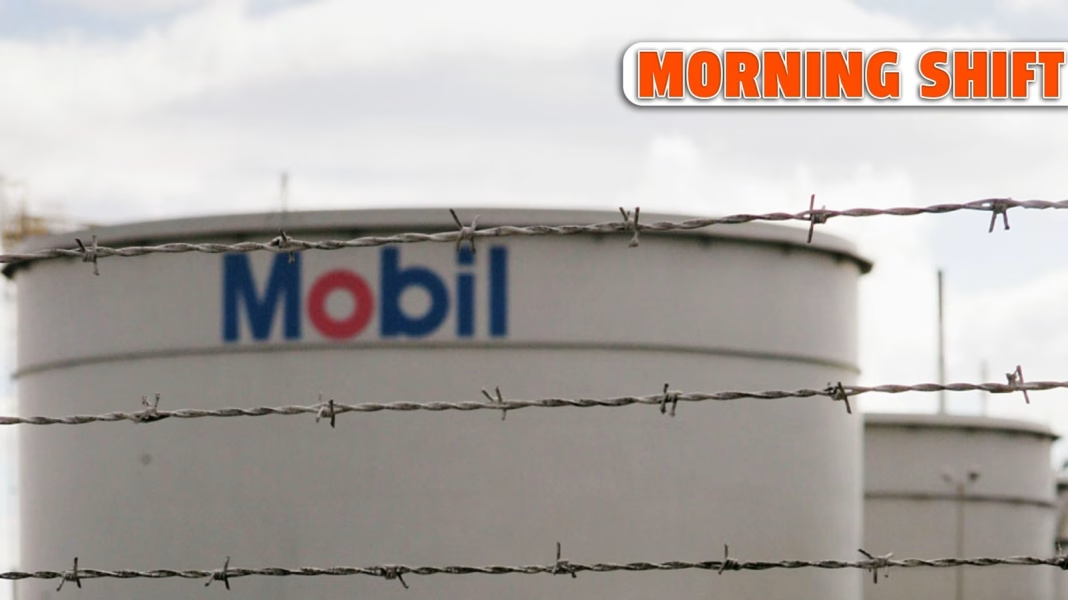Why Are Oil Companies Pumping More Crude but Making Less Money?
If you’ve glanced at the latest headlines, you might be scratching your head. Oil companies are extracting more crude than ever, yet their profits are shrinking. It seems counterintuitive, right? Let’s unpack what’s really going on behind the scenes.
What’s Causing the Drop in Oil Profits Despite Higher Production?
You’d think that more barrels coming out of the ground would mean fatter wallets for oil giants. But the reality is more complicated. Global oil prices have been on a rollercoaster, and lately, they’ve dipped. According to the U.S. Energy Information Administration, average crude prices in early 2024 hovered around $75 per barrel, down from over $100 just two years ago. So, even if companies are pumping more, each barrel is worth less.
There’s also the issue of rising operational costs. Inflation hasn’t spared the oil industry—labor, equipment, and compliance costs are all up. Add in stricter environmental regulations and you’ve got a recipe for thinner margins. In short, higher output isn’t enough to offset lower prices and higher expenses.
How Are Shifting Global Demands and Policies Impacting the Industry?
The world is changing how it uses energy, and oil companies are feeling the pressure. More countries are pushing for renewable energy and setting aggressive targets to cut carbon emissions. The International Energy Agency reports that global investment in clean energy hit a record $1.7 trillion in 2023, outpacing spending on fossil fuels for the first time.
This shift means less long-term demand for oil, especially in markets like Europe and parts of Asia. Meanwhile, electric vehicles are gaining traction, with global EV sales surpassing 10 million units last year. For oil producers, that’s a clear signal: the days of guaranteed growth are over.
Which Car Brands Are Feeling the Heat—and Why?
It’s not just oil companies sweating. Some high-profile car brands, especially those slow to embrace electrification, are facing an uncertain future. Legacy automakers that built their reputations on gas-guzzling performance are now scrambling to pivot. While some, like Ford and GM, have rolled out ambitious EV plans, others are lagging and risking obsolescence.
Take, for example, brands that rely heavily on large SUVs and trucks. As fuel prices fluctuate and consumer preferences shift toward efficiency, these companies are seeing sales soften. Meanwhile, upstarts and established players investing in electric and hybrid technology are gaining ground.
What Does This Mean for Drivers and Car Buyers?
If you’re in the market for a new car, you’ll notice more electric and hybrid options than ever. Automakers are betting big on these technologies, and incentives from governments make them more affordable. On the flip side, traditional gas-powered vehicles may see steeper discounts as dealers try to clear inventory.
For drivers, fluctuating oil prices can still mean unpredictable gas costs. But the broader trend points toward a future where electric charging stations are as common as gas pumps—and where your next car might not need a drop of dino juice.
Is There a Silver Lining for the Oil Industry?
Believe it or not, some oil companies are adapting. They’re investing in renewable energy, carbon capture, and even electric vehicle charging infrastructure. The smartest players are diversifying, hedging their bets against a world that’s moving away from fossil fuels. It’s not an easy transition, but it’s happening.
The big takeaway? Navigating the new energy landscape isn’t about perfection—it’s about smarter adjustments. Start with one change this week, and you’ll likely spot the difference by month’s end.


